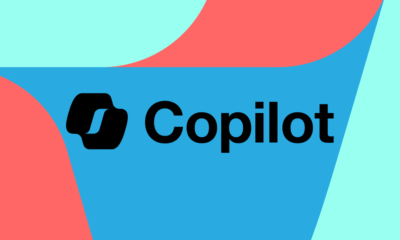Inovation
Threaded Connections: The Evolution of Wearable Electronics with Textile Nerves

The project had two primary objectives: to substitute metals with alternative conductive materials such as electronically conductive carbons, doped conducting polymers, and ionically conductive mediums; and to establish the foundation for scalable production and practical characterization of textile nerves—particularly for use in textile muscles. All of this was approached from a textile manufacturing perspective, ensuring compatibility with weaving looms and knitting machines.
Enhanced Properties of Textile Fibers
One of the remarkable discoveries was the utilization of ionic liquids—liquids composed entirely of ions—as electrical conductors in textiles. When applied to commercial fibers, they enhanced flexibility and stretchability, resulting in fabrics that were not only soft but also “conformal,” meaning they adapt closely to the body’s shape and movements.
“Our modern society has been heavily influenced by textiles and electronics. When we think of the most iconic electronic device, a computer, it played a role in sending the first men to the moon in Apollo 11. Now, ionotronics—where electric currents are regulated by ions—open up new possibilities for interfacing with biological systems like the human nervous system,” explained Huniade.
While these materials may not match metals in conductivity, their softness makes them ideal for wearable devices. The outcome? Electronics that feel more like apparel—and less like hardware.
“The potential applications are extensive: bioelectrodes, sensors, heaters, lights, and even textile-based batteries. However, the most transformative application could be in rehabilitation—textile muscles could facilitate more accessible exoskeletons and prosthetics, granting individuals greater independence and mobility,” he stated.
This research aligns with the UN’s Sustainable Development Goal 12: Responsible Consumption and Production. By avoiding metals and embracing green chemistry principles, the project presents a more sustainable direction for two of the world’s most resource-intensive industries combined—textiles and electronics.

-

 Video Games2 days ago
Video Games2 days agoTekken 8: Rise of the Shadows
-

 Video Games1 day ago
Video Games1 day agoGoku Takes on the Dragon Ball FighterZ Arena
-

 Amazon2 days ago
Amazon2 days agoNeil Young Takes a Stand: Pulling Music from Amazon in Protest of Jeff Bezos’ Support for Trump
-

 Tech News2 days ago
Tech News2 days agoSamsung Galaxy UI 8: Embracing the Big Free AI Upgrade
-

 Security2 days ago
Security2 days agoCritical Vulnerability Exposed: Oracle EBS Targeted in Recent Cyber Attacks by Cl0p Hackers
-

 Apple2 days ago
Apple2 days agoExploring the Dystopian Realms of Pluribus: An Apple Original Series Trailer
-

 Microsoft2 days ago
Microsoft2 days agoEnhanced Copilot Features: Creating Office Documents and Gmail Integration
-

 AI23 hours ago
AI23 hours agoOracle’s Next-Gen Enterprise AI Services Powered by NVIDIA’s Cutting-Edge GPUs























